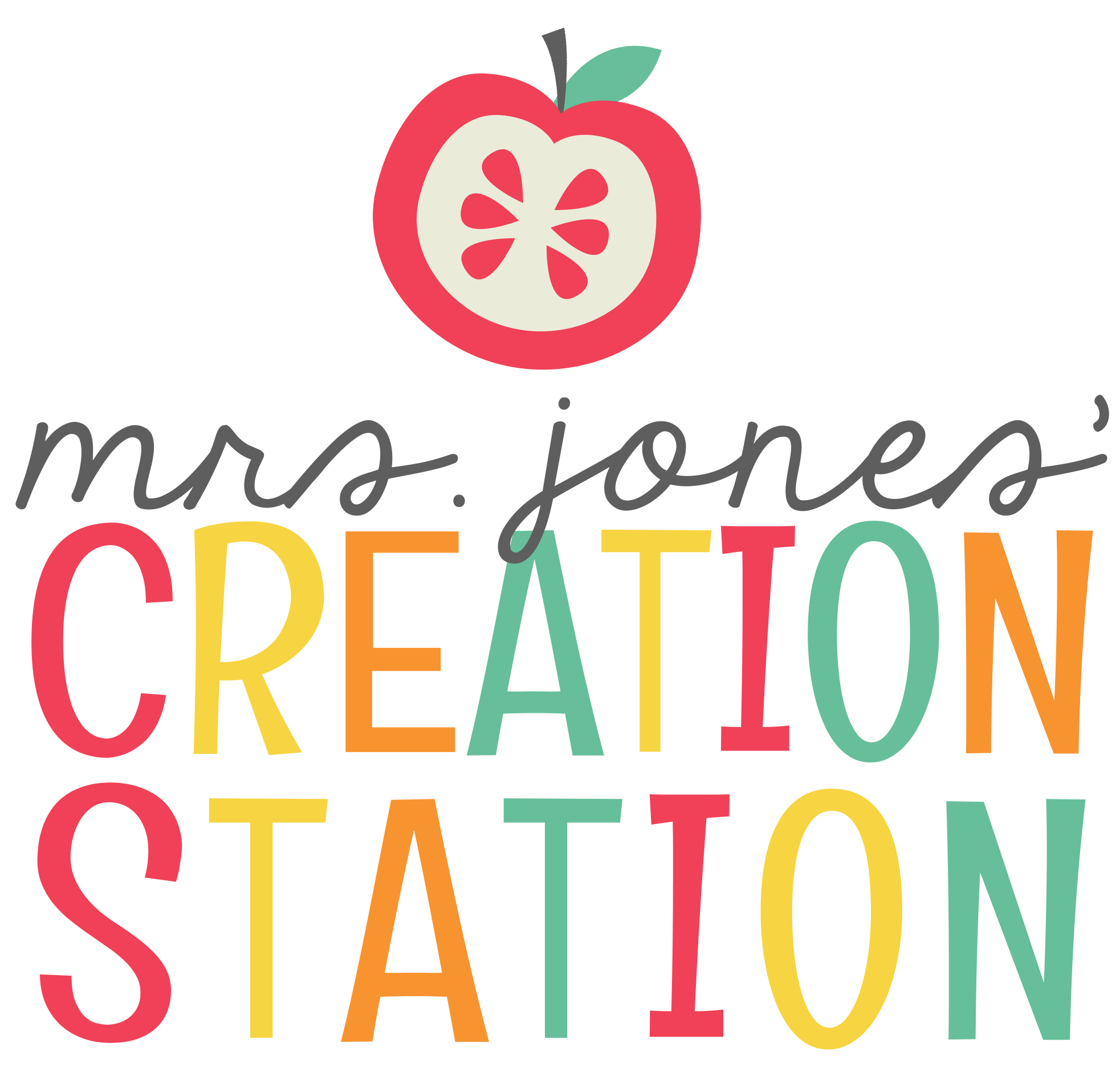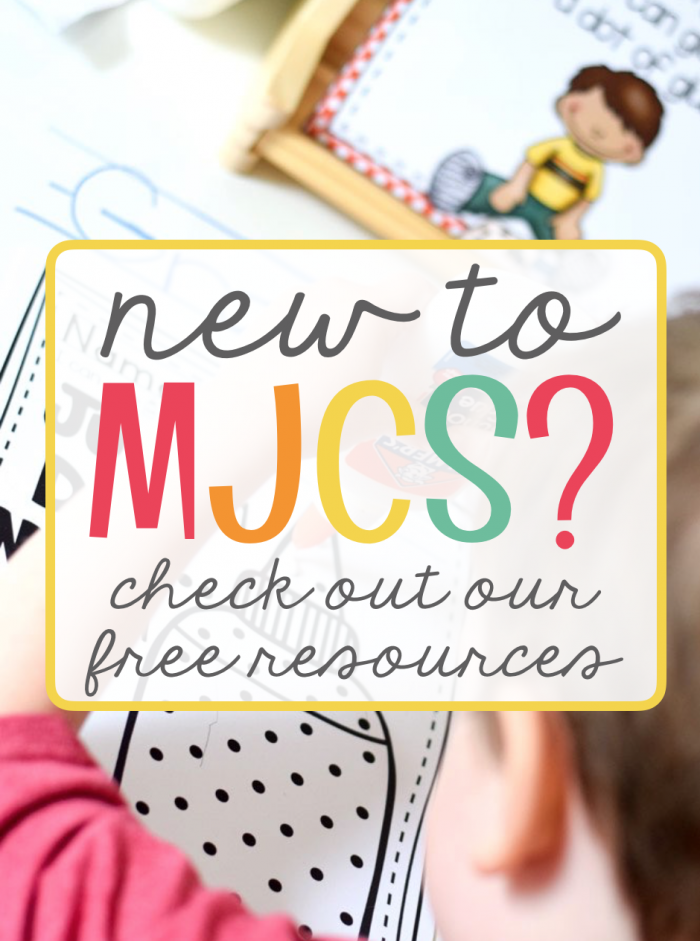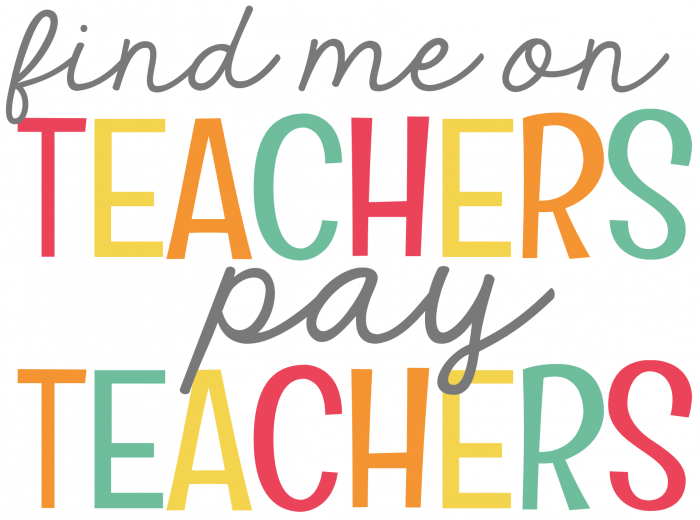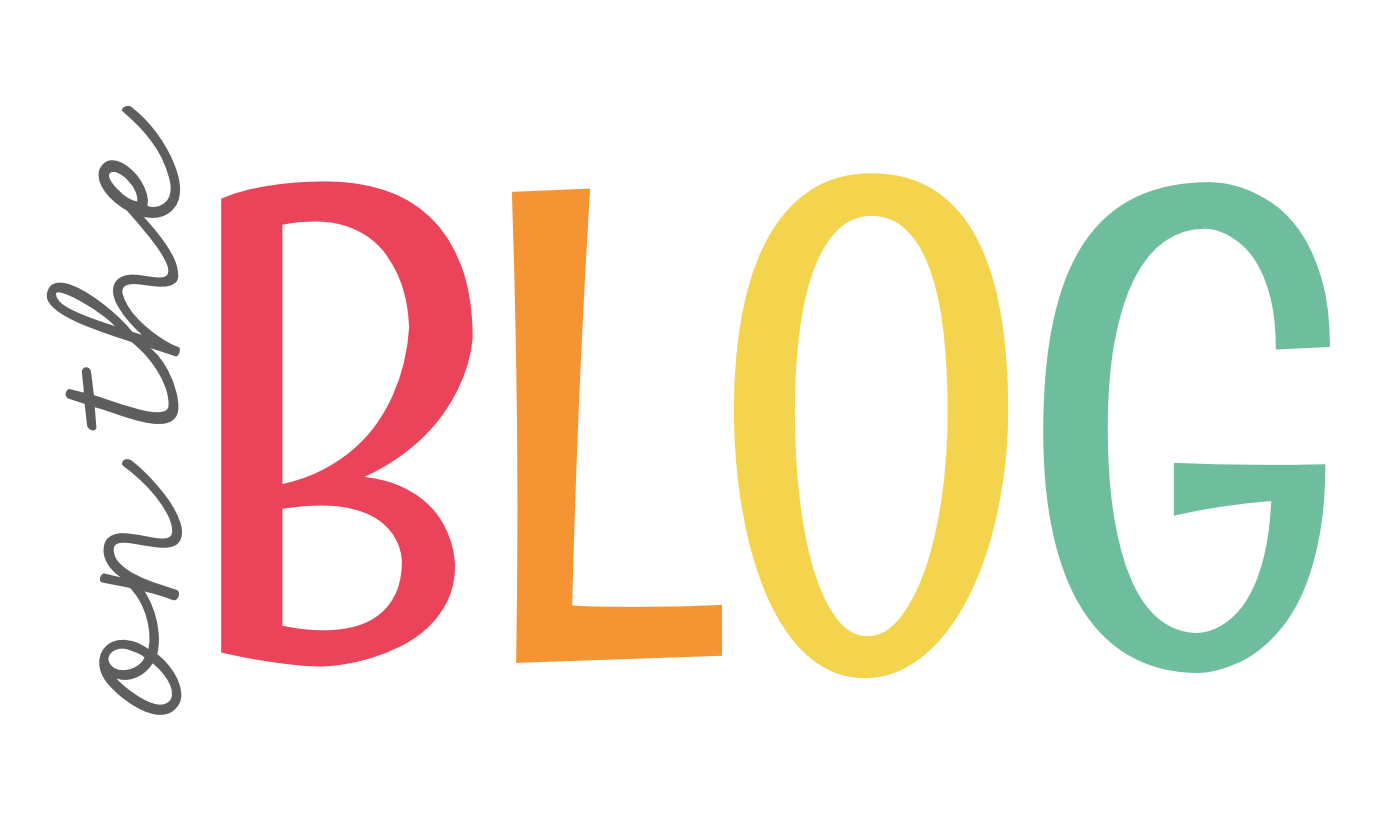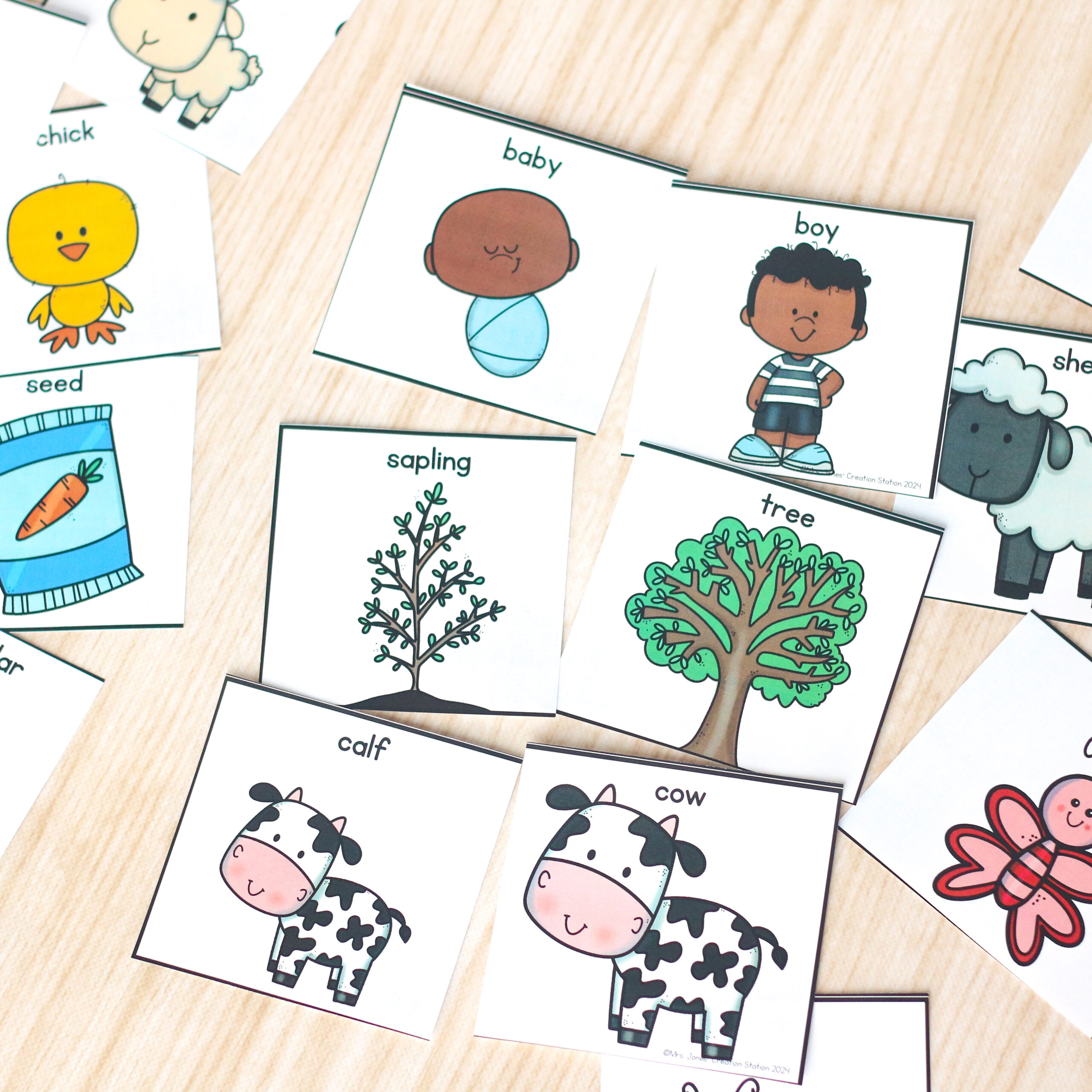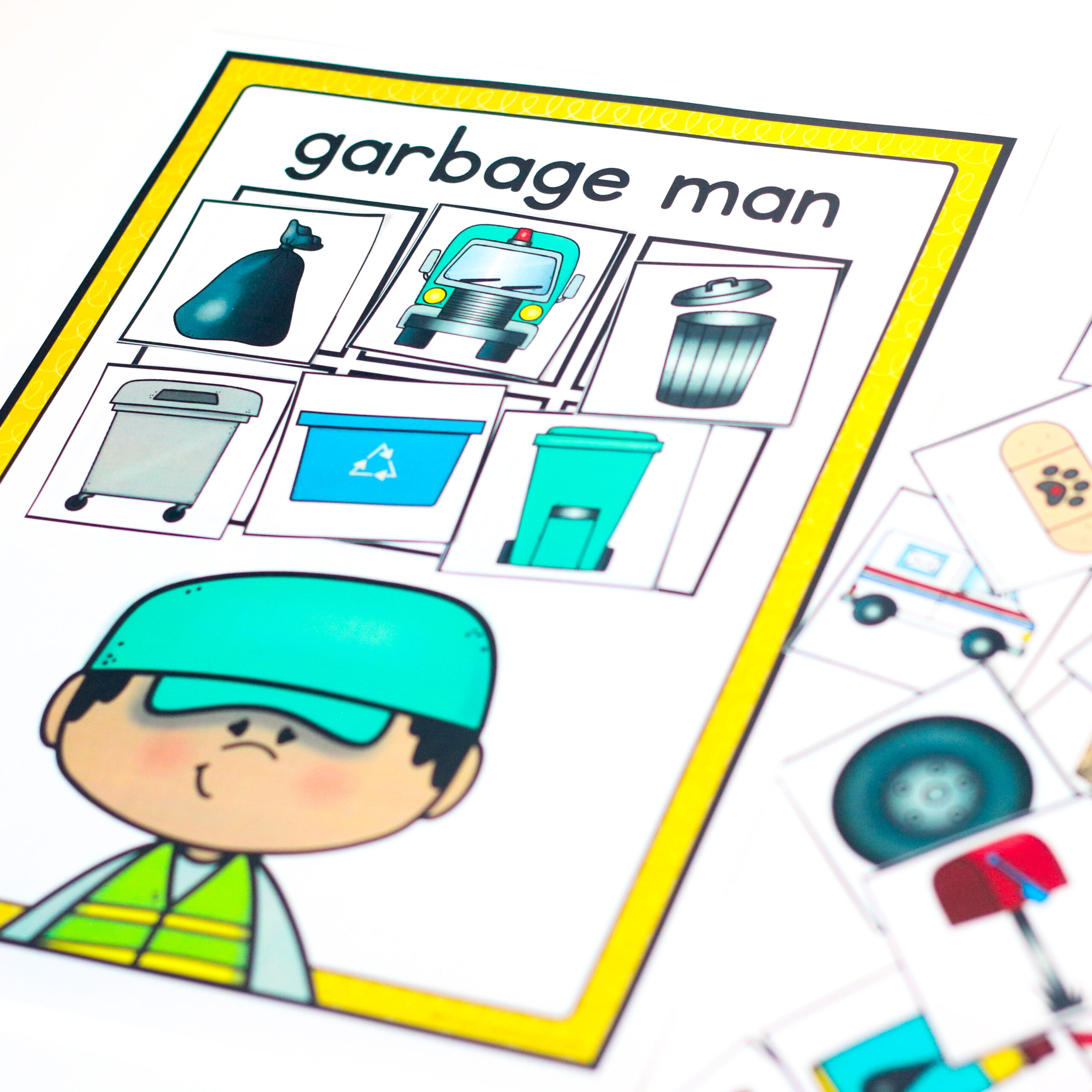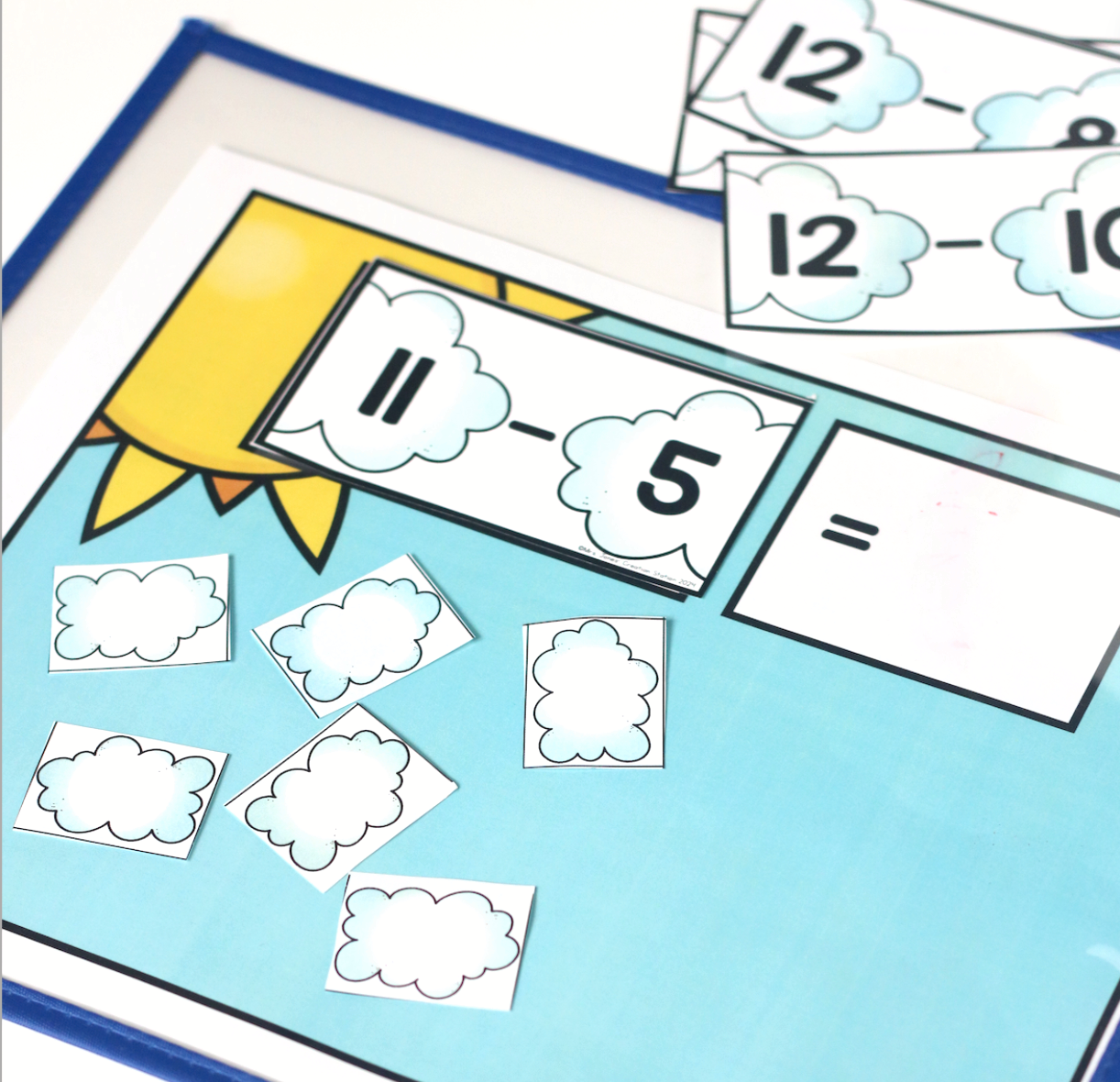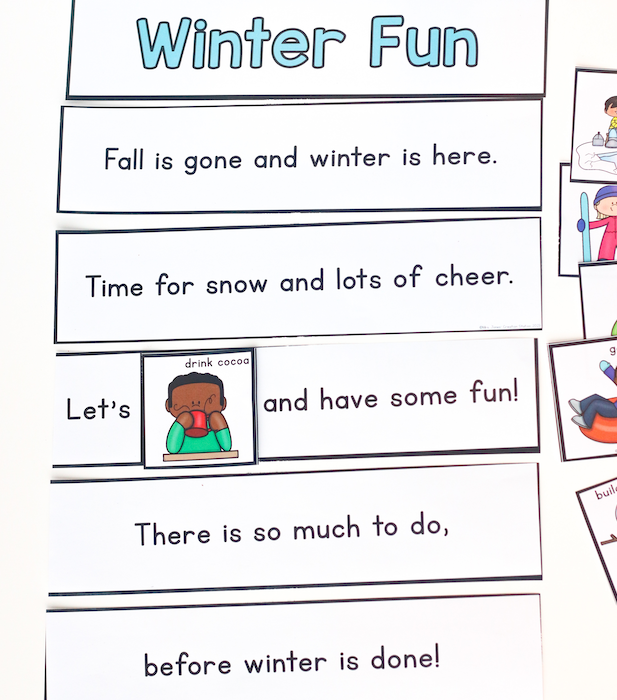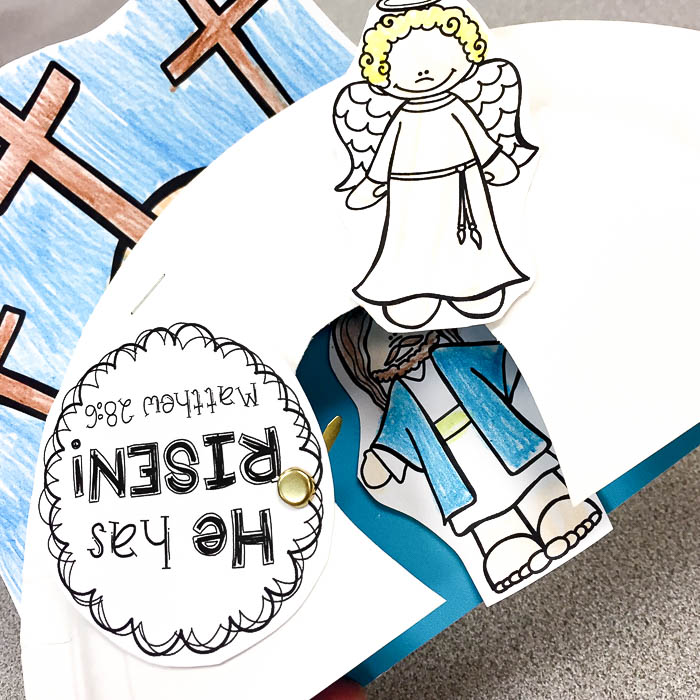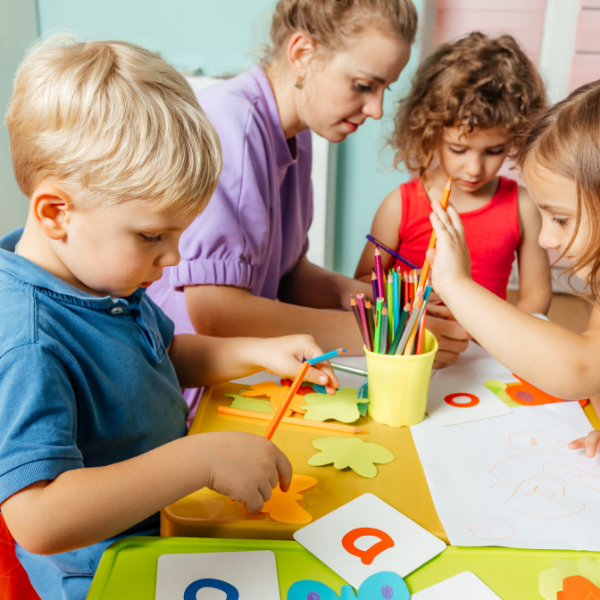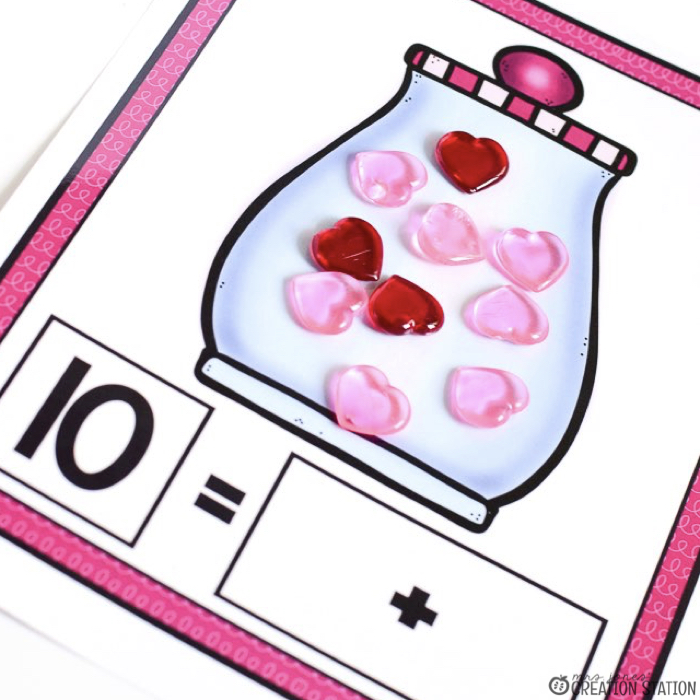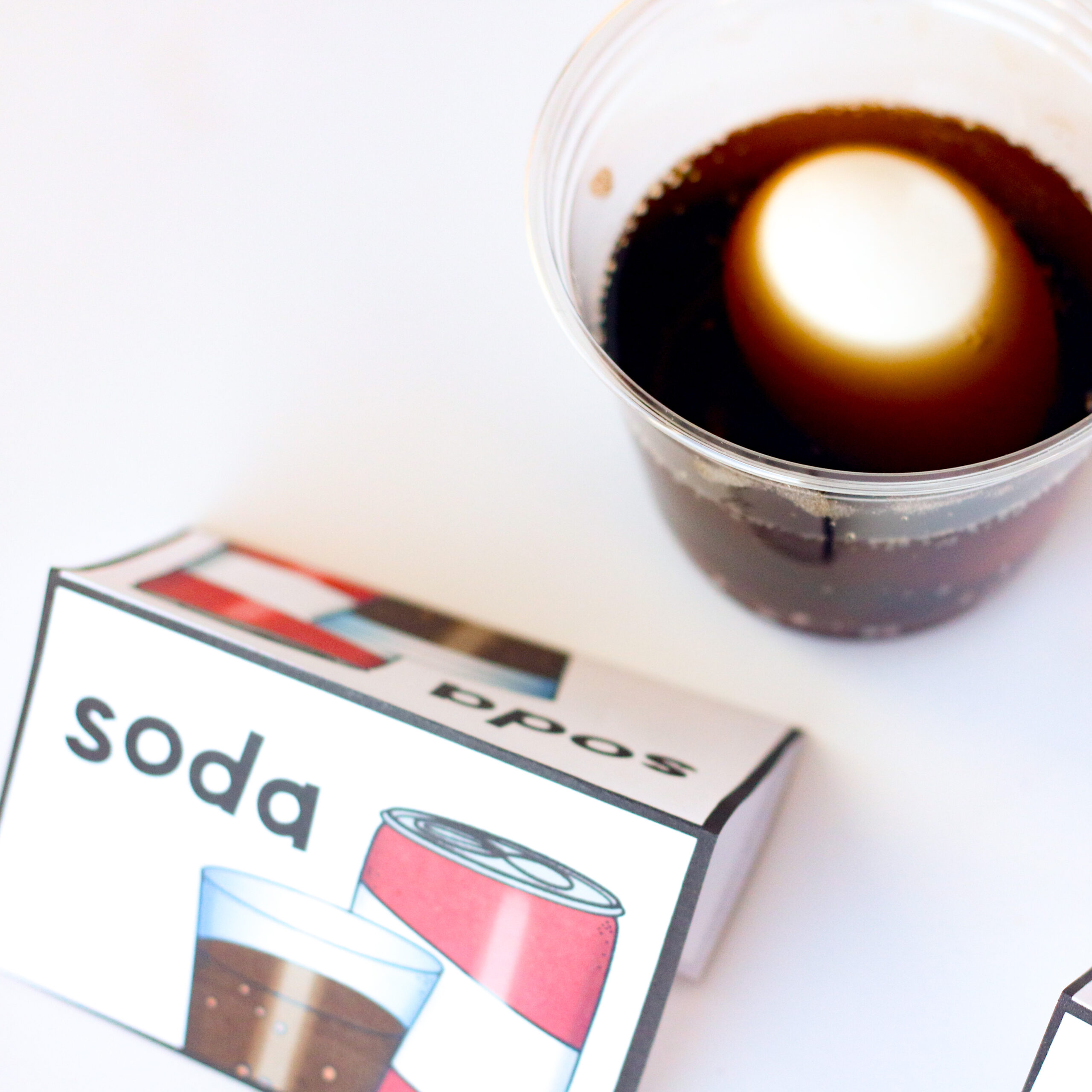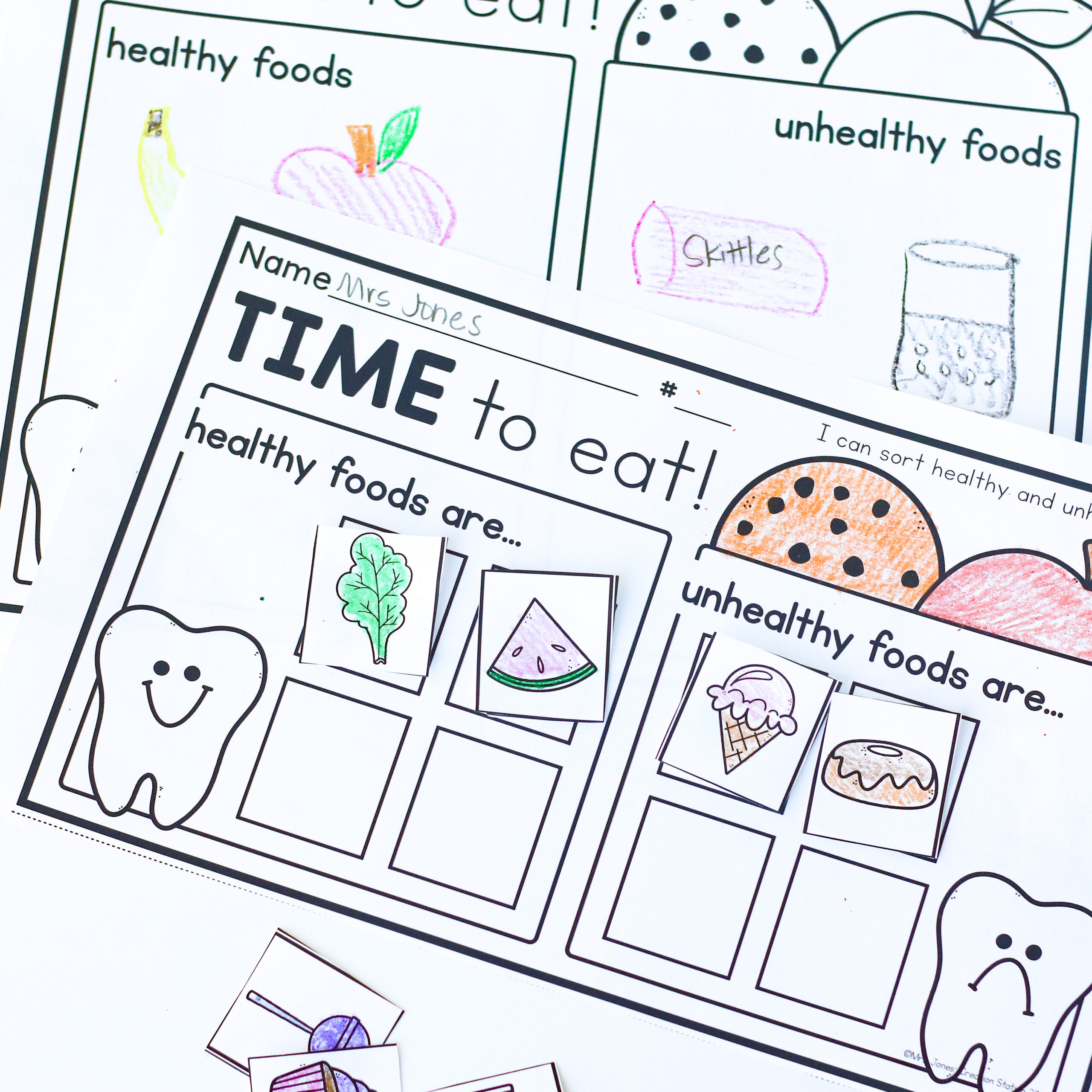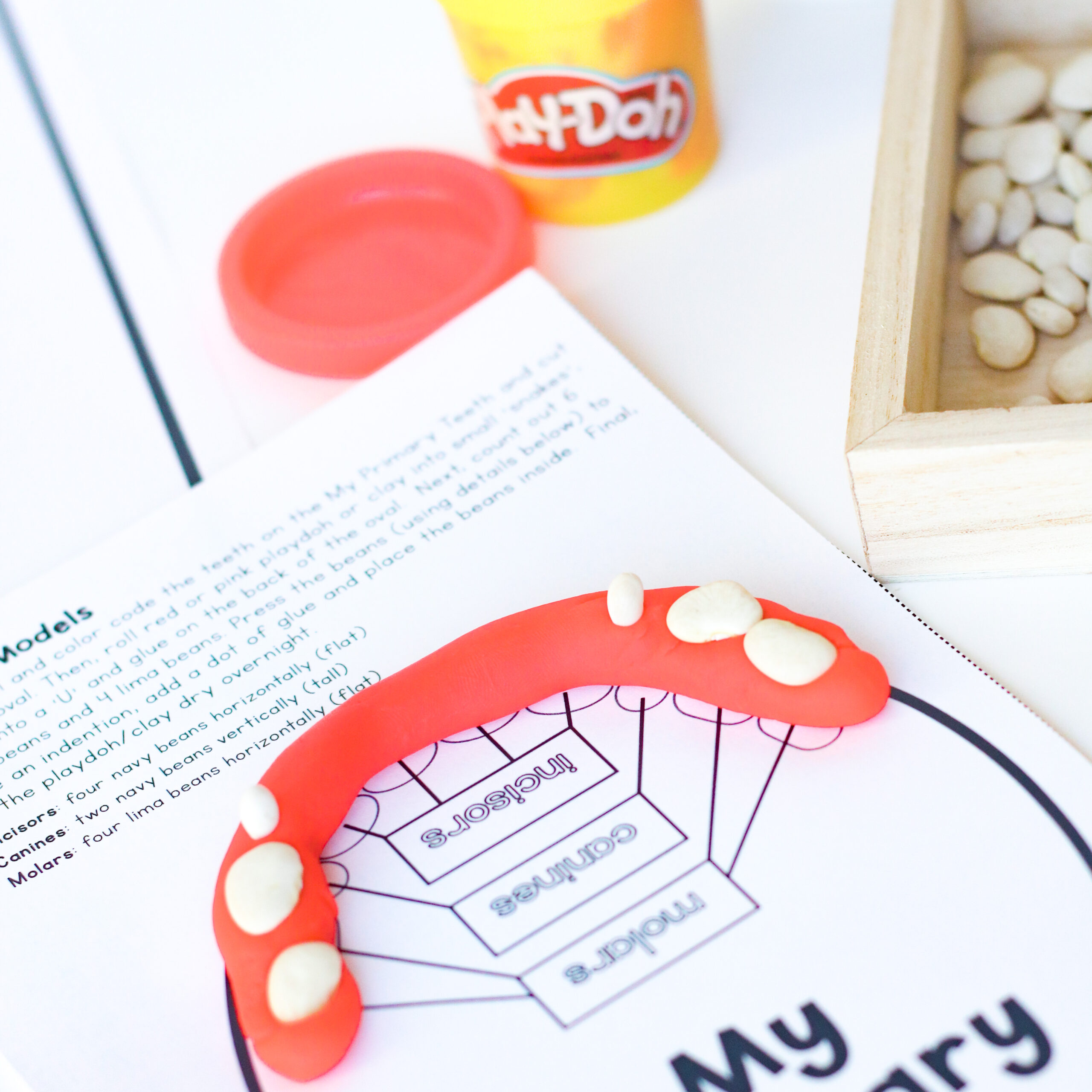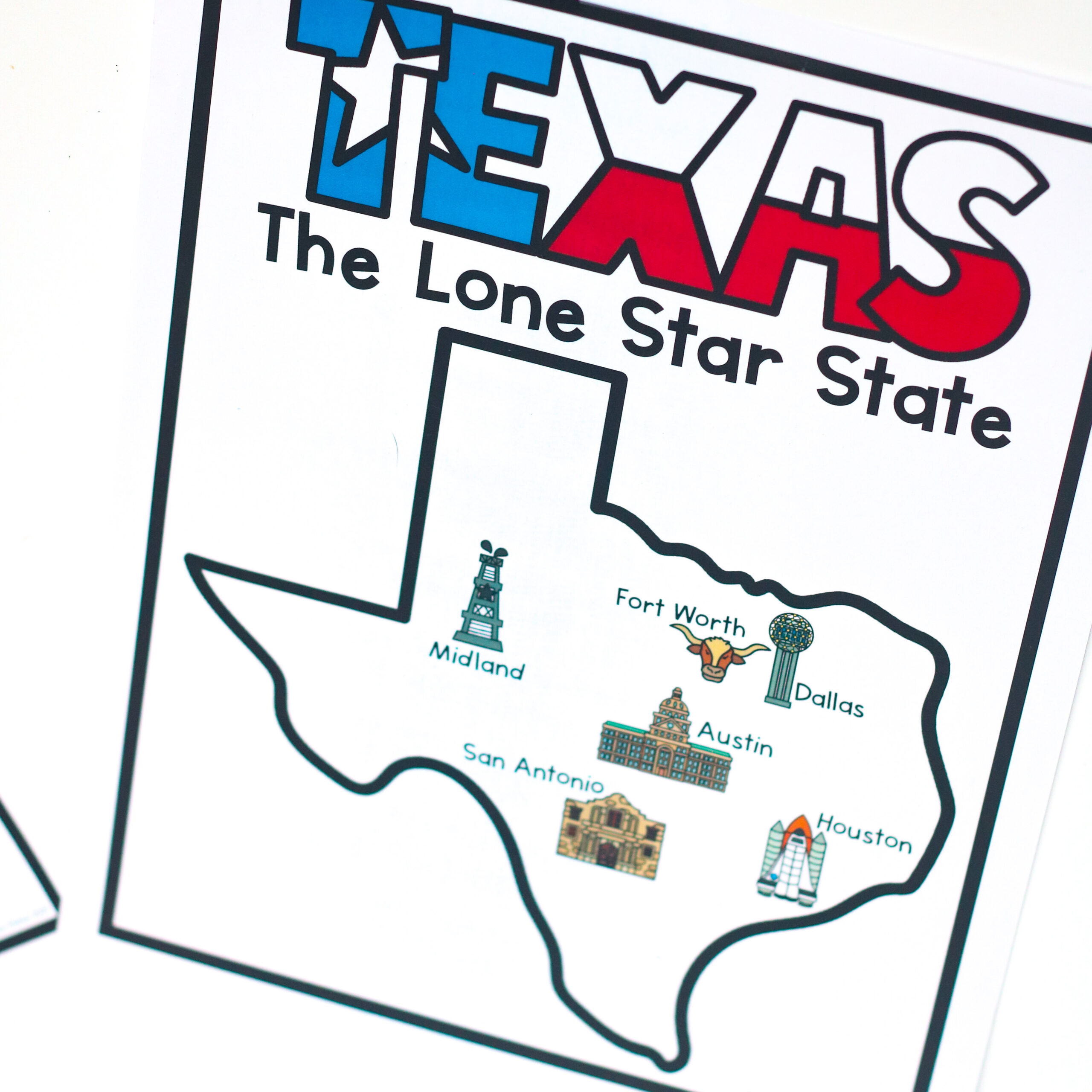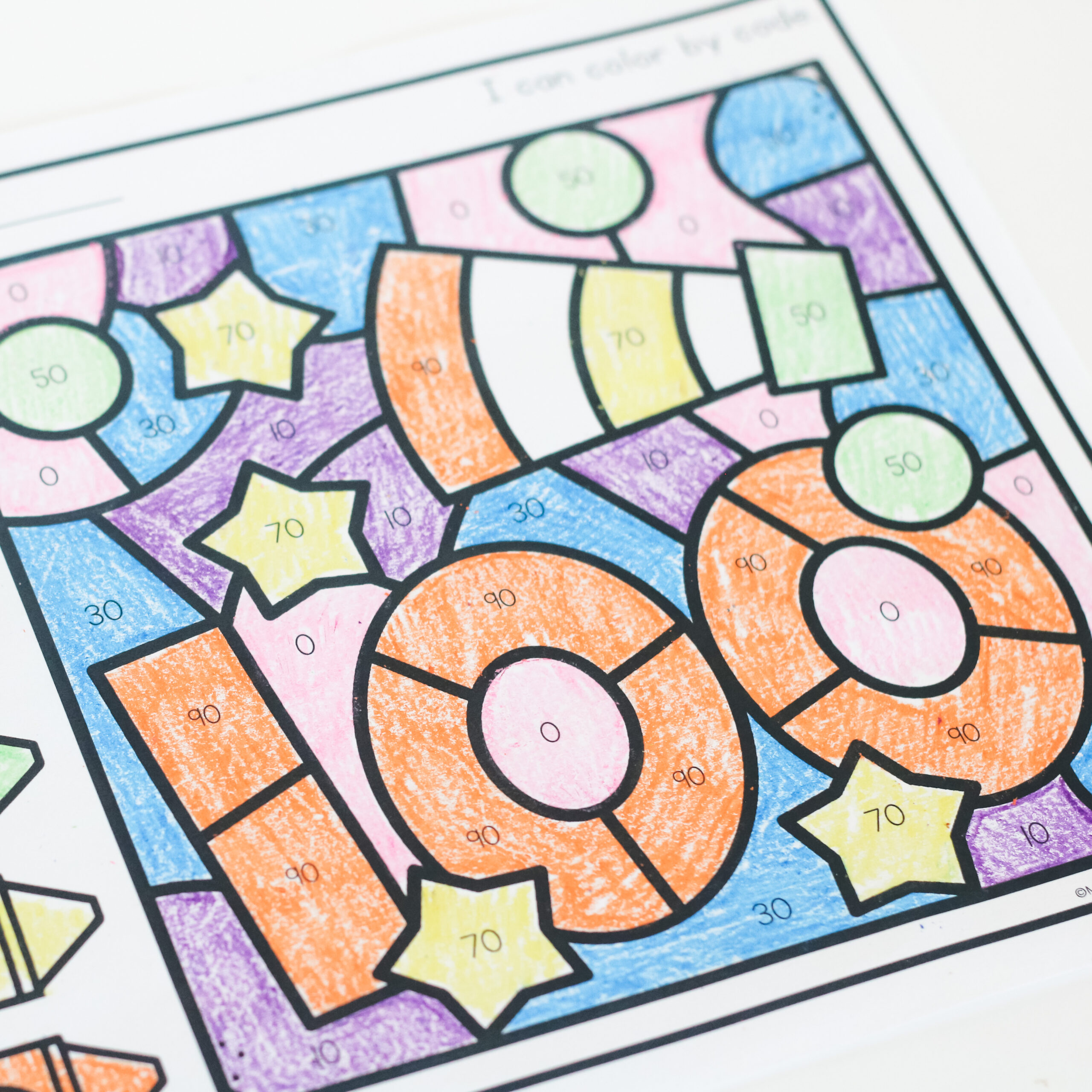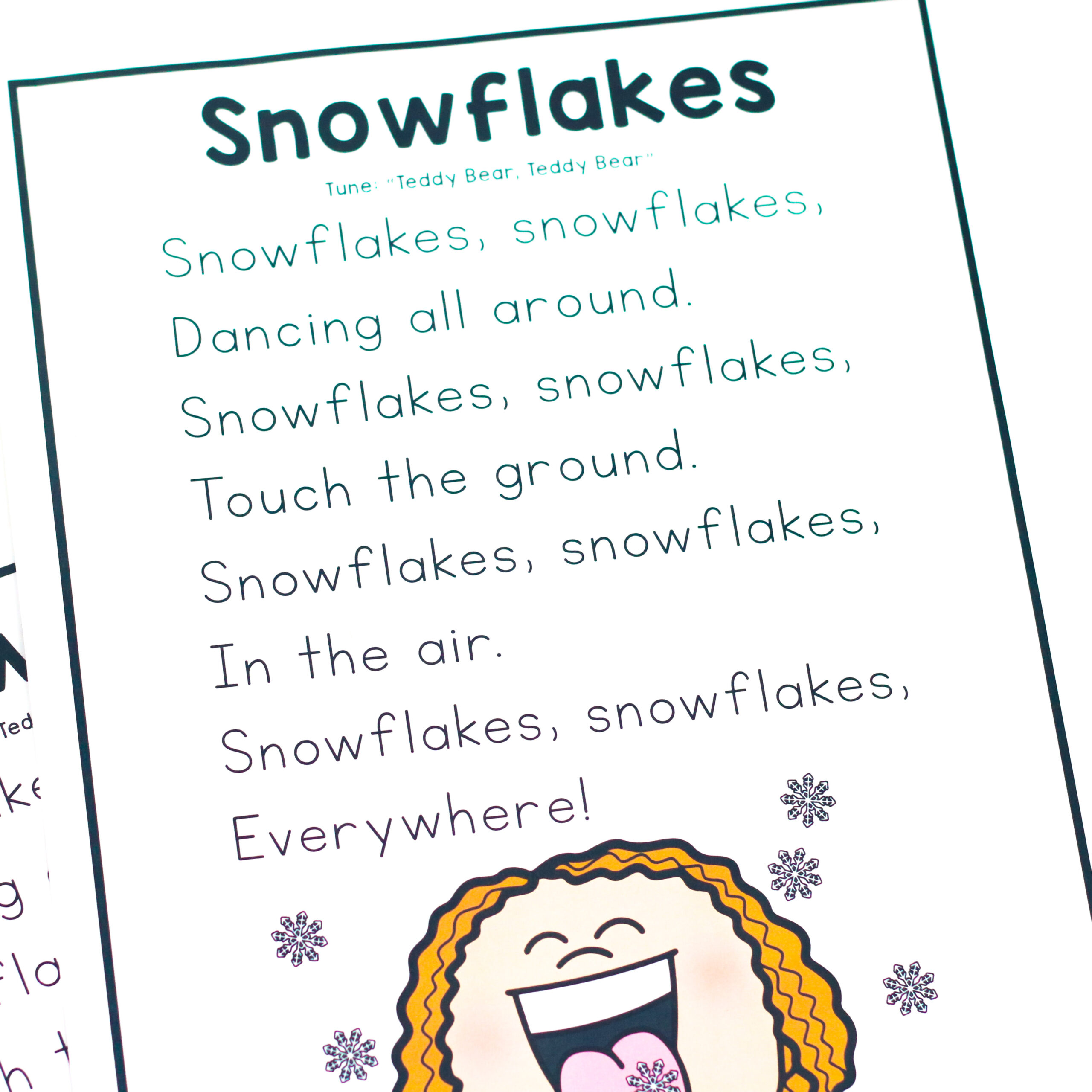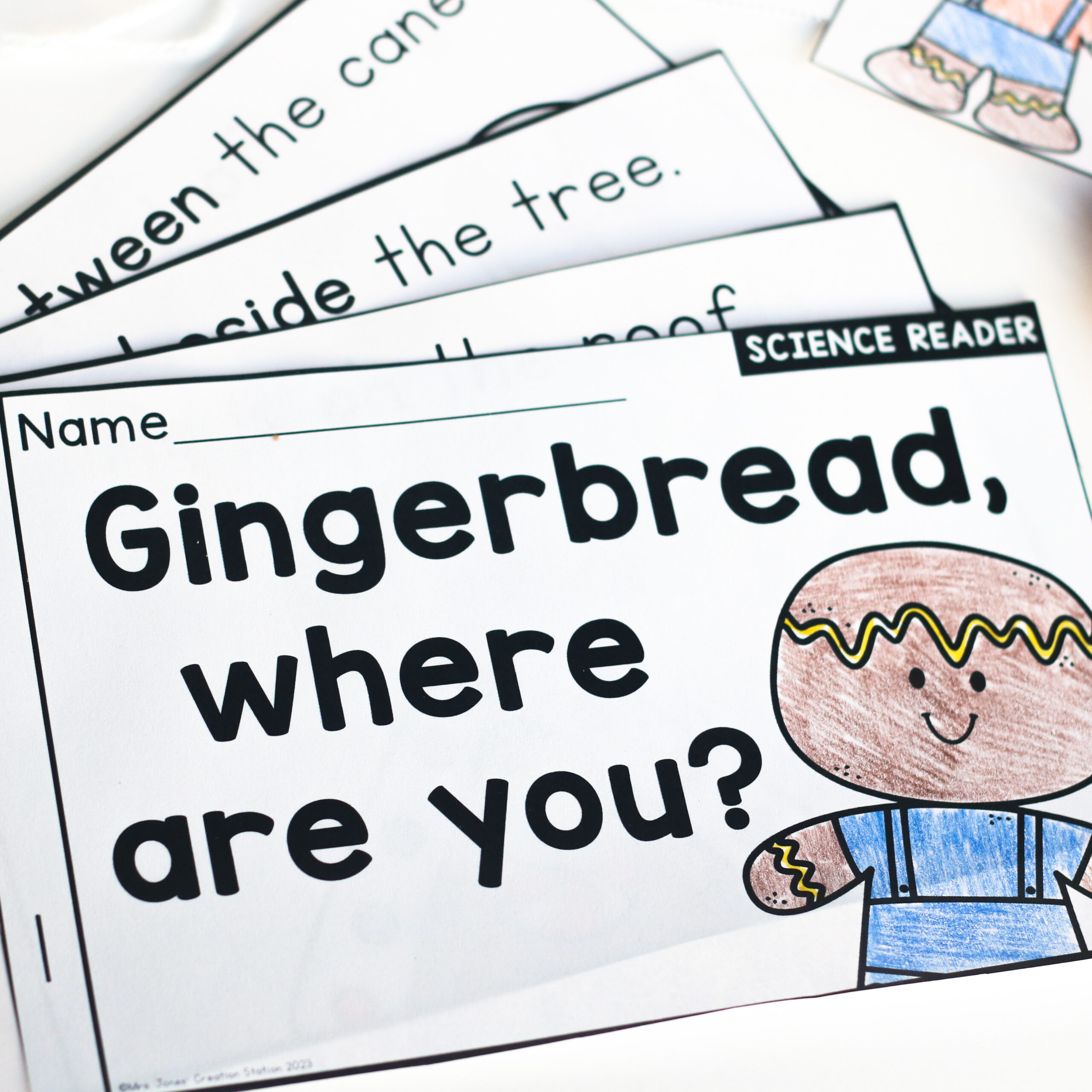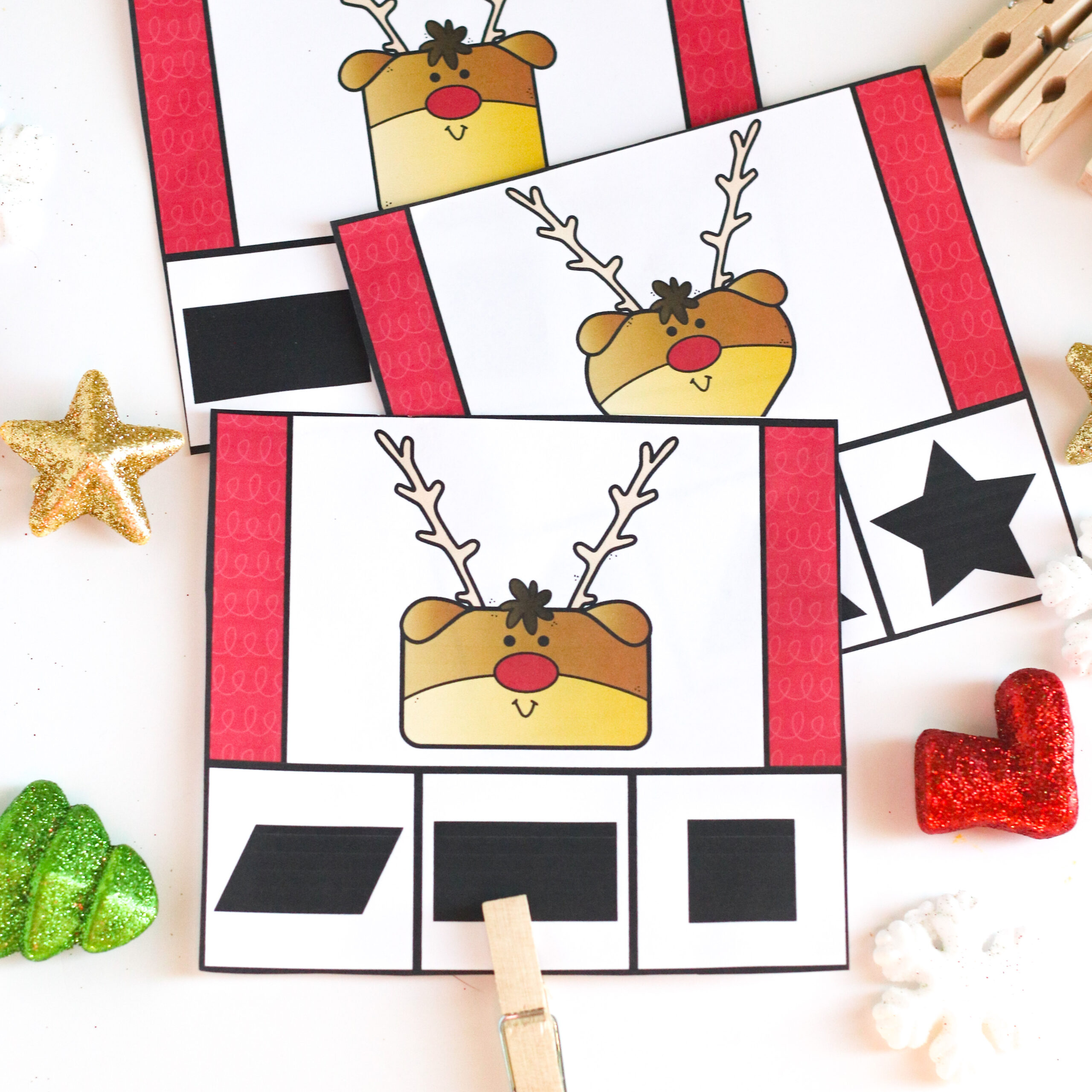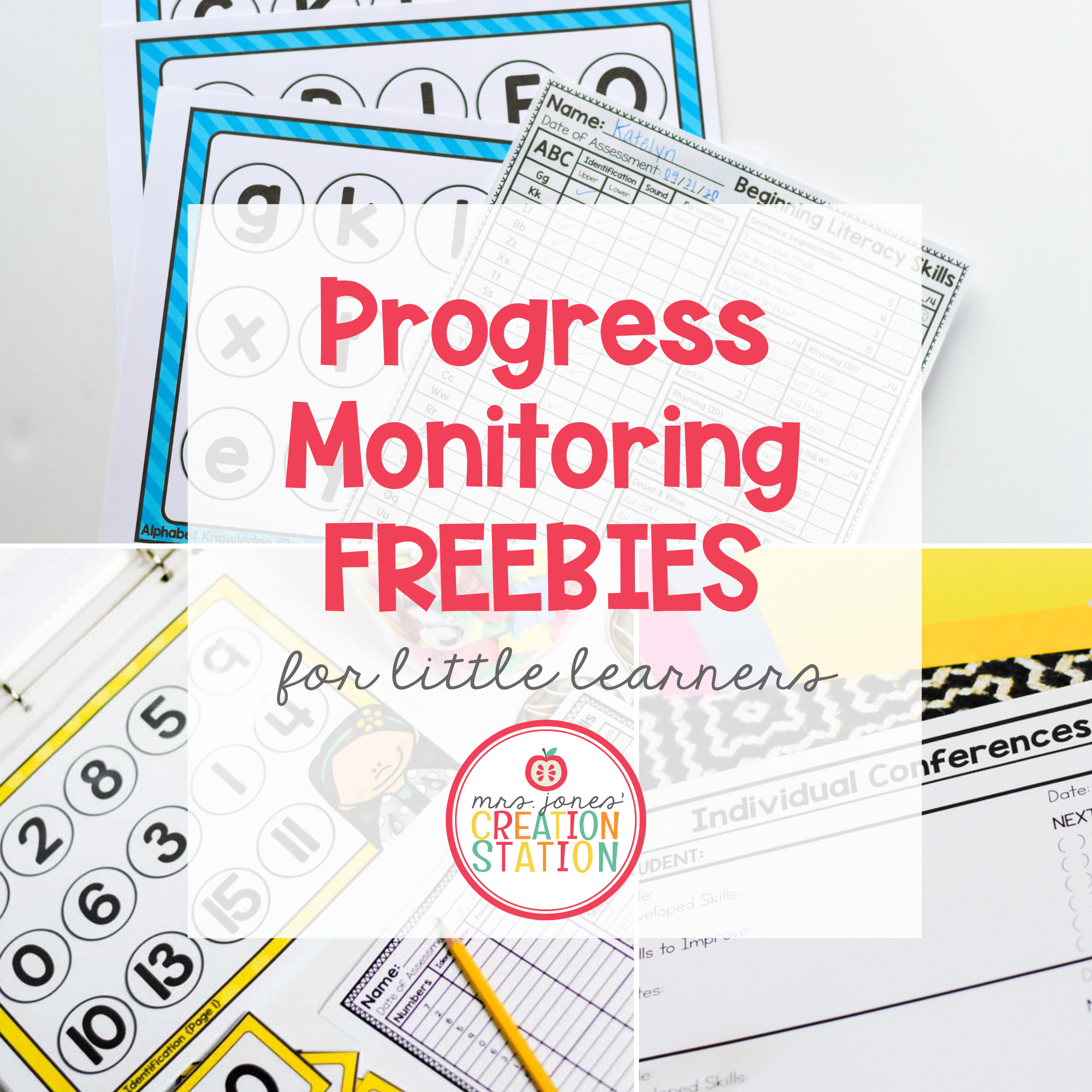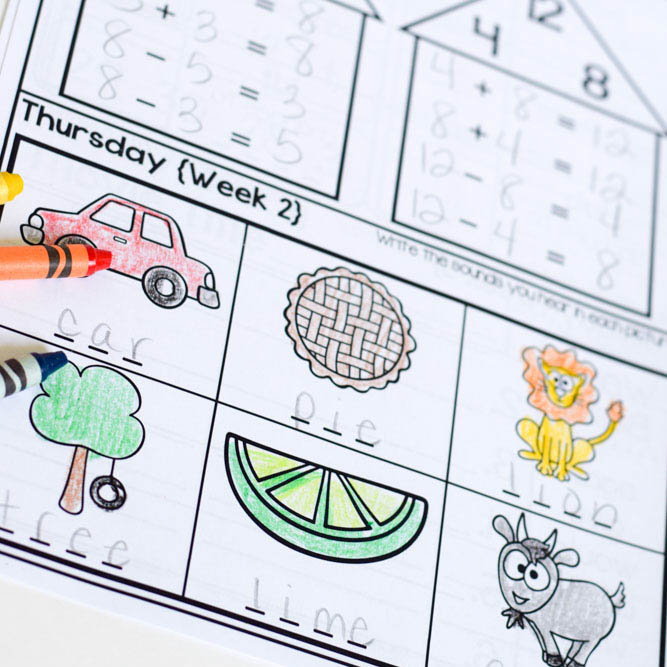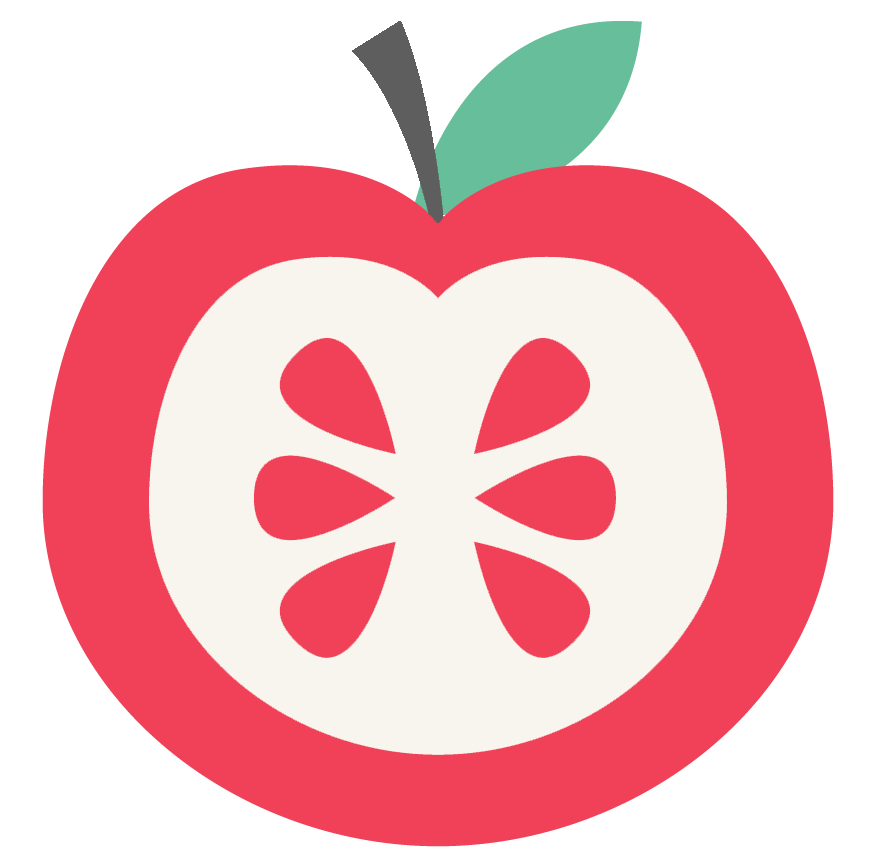If you’re a Pre-K or Kindergarten teacher, listen up! There are ways to teach five senses to your learners without the mundane activities. Five senses is much more than retelling what you see, hear, smell, taste and feel. Check out what the Five Senses science activities I use with my kindergarteners that help stretch their minds all while using our five senses!
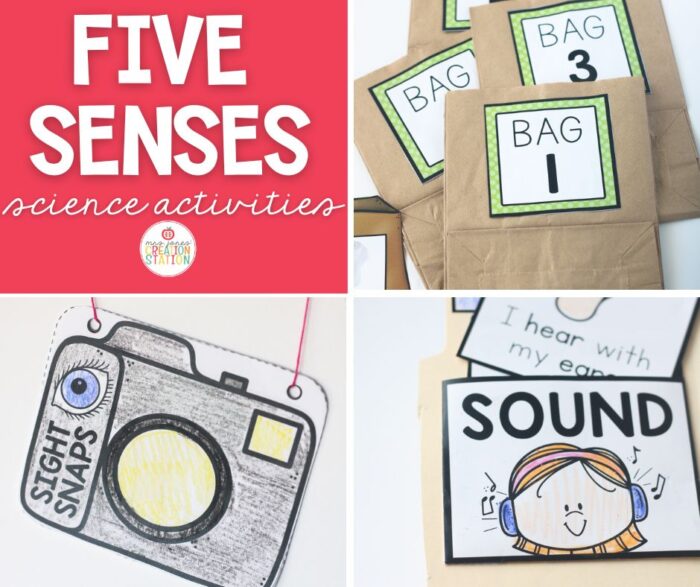
The Benefits of Five Senses Activities
There are many benefits to teaching the fives senses to our learners. And it’s all about how you present it!
- Teaching five senses helps students with descriptive language. That can be a huge help during your writing time!
- Students can make better observations using their five senses. Students can notice details in objects when they’re used to using their senses.
- When students use their senses, experiments can be more meaningful. This can range from what students write in their journals to their safety during an experiment. Being able to use their senses to communicate is an overall benefit to their learning.
Five Senses Unit
Shortly after I introduce our Science Notebook, I jump into my Five Senses unit. I start this unit off with whole group shared reading. It’s a fun short paragraph about our Five Senses. We review vocabulary and sight words using our magnifying glass.
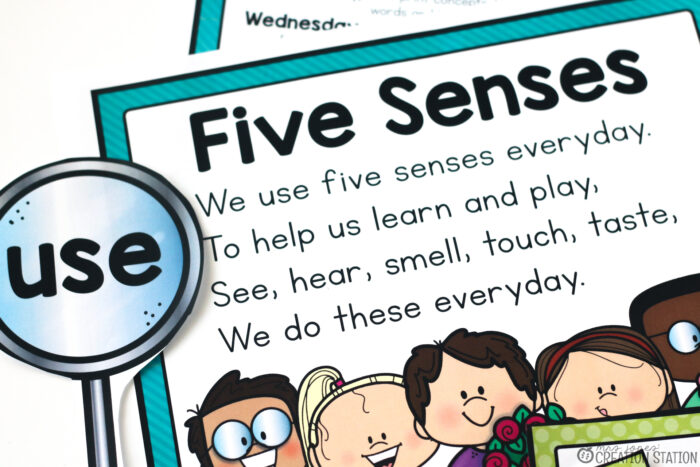
There is a daily exercise that the class or individual students can complete to practice fluency and word recognition all while learning why our senses are important! A great way to integrate reading, fluency and science together!
I also include center activities that you can use while you’re working in small groups! During this unit, we read science based books on our senses, so these center activities are a perfect addition to my center rotation!
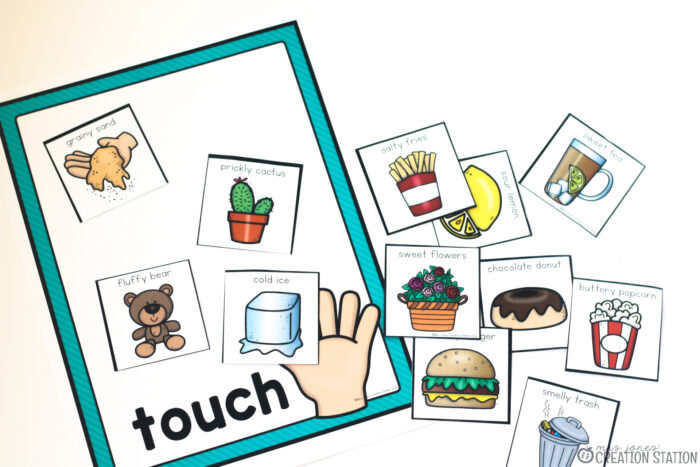
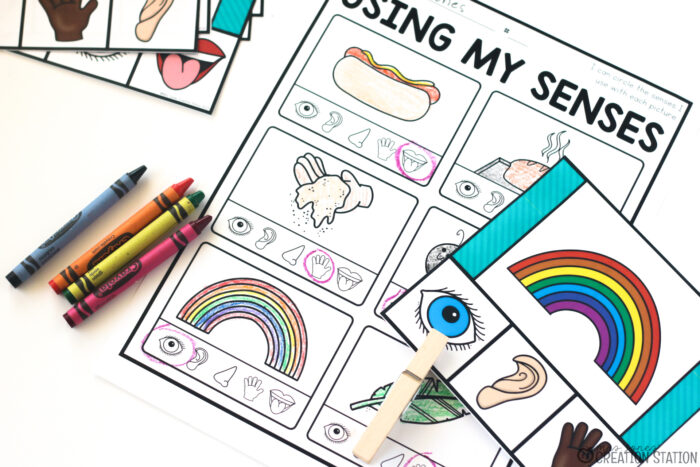
Hands on Activities
This is by far my students’ favorite part of this unit! This is where we use our five senses to complete each activity. You’ll need some basic supplies for these activities:
- Paper Bags
- Paper Plates
- Plastic Jars
- Various types of food
- rocks
- pencils
- crayon
- paper clips
These are just few things! Most of the supplies you will use you probably have in your kitchen or classroom.
A few examples of the activities include guessing what are in the paper bags without looking. Students use their hands and their prior knowledge to figure out what’s in the bag.
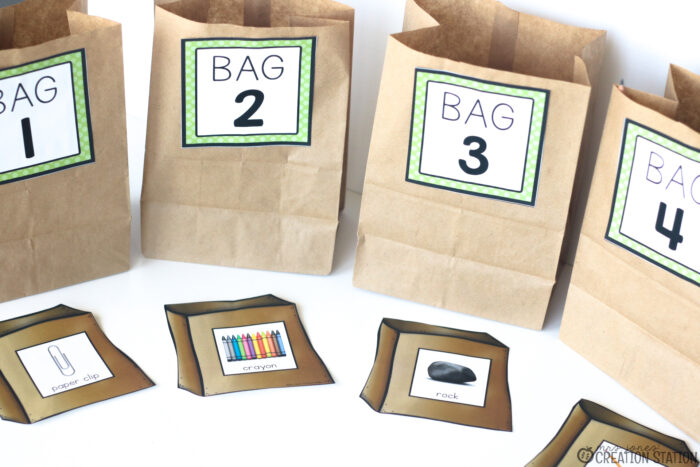
Another activity is a favorite of my students. I take them around the school and the school grounds and they draw and write what they observe in their camera book!
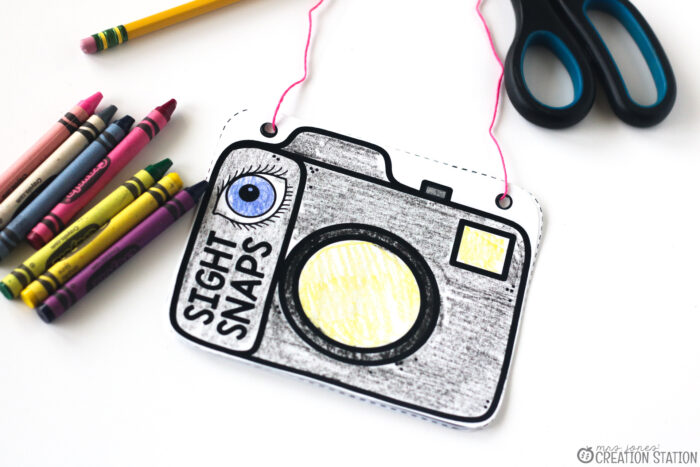
This unit is PACKED with activities that will keep your learners engaged and begging for more fun! It’s a great chance to bring your reading and science times together for one big learning experience. Check out the link below to get more previews of this resource!
